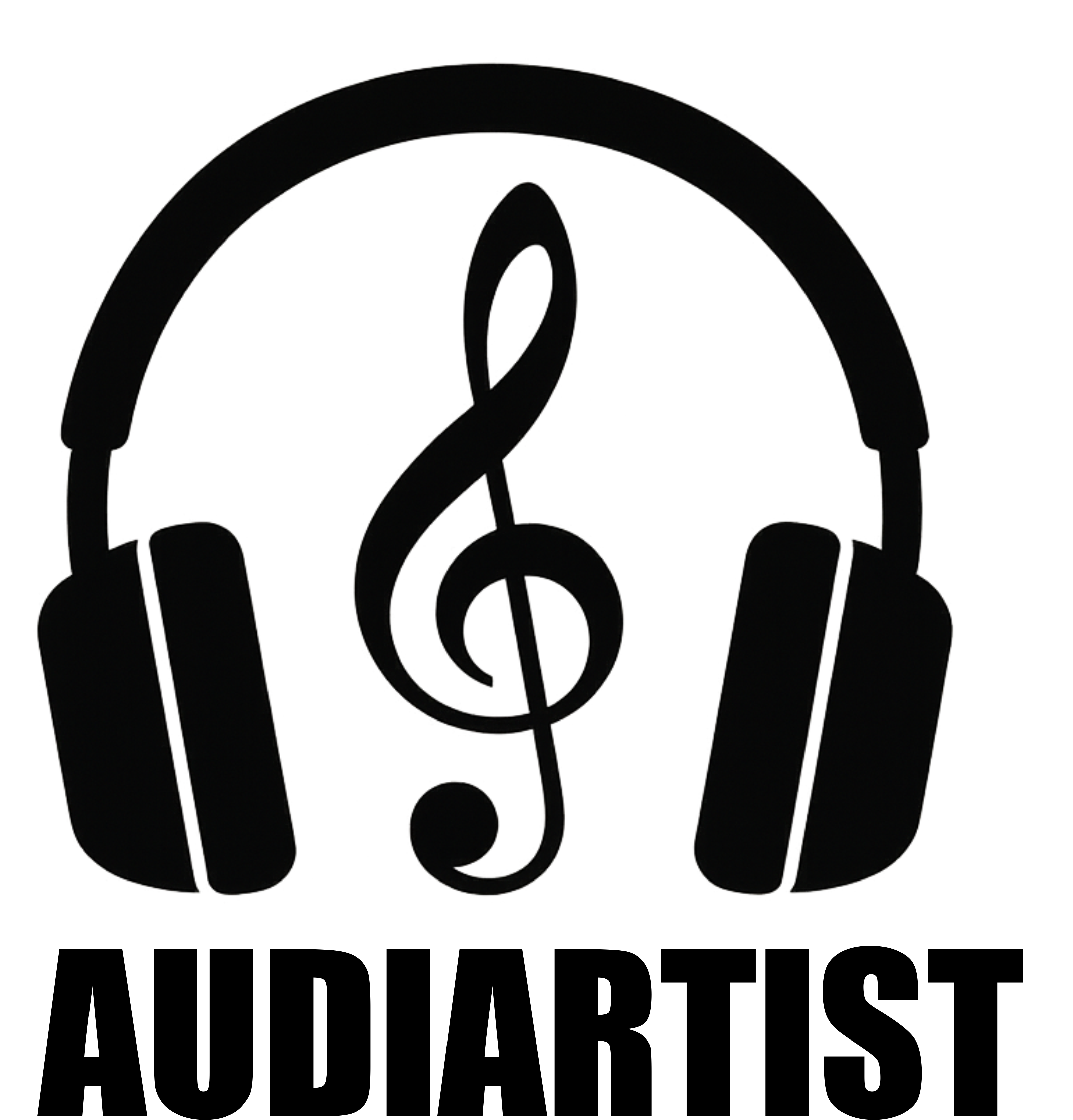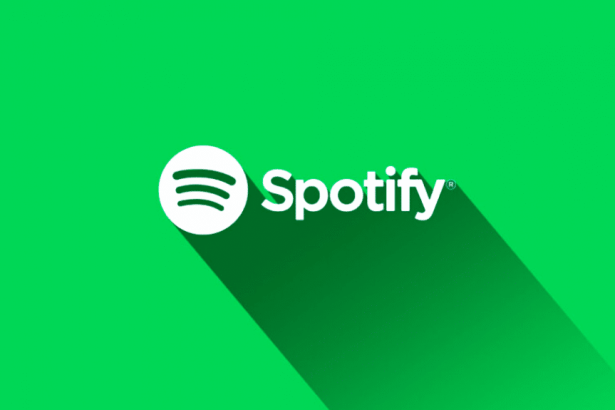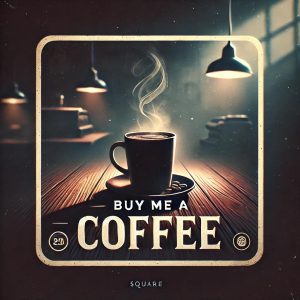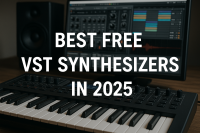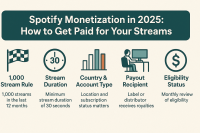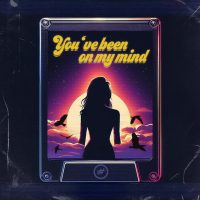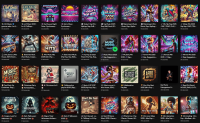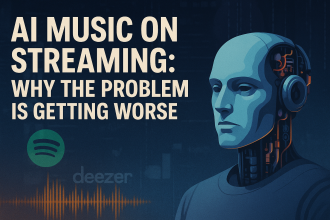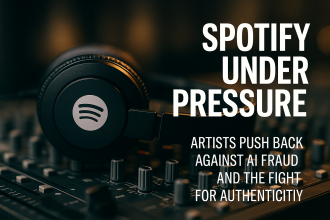Spotify is entering a new era. With the launch of native music videos directly inside its app, the world’s most influential audio streaming platform is no longer thinking only in terms of sound. Music is now designed to be heard and watched in a single, seamless experience. This strategic shift is transforming playlists into visual experiences and repositioning Spotify as a hybrid audio-video powerhouse.
- From Listening to Watching: A New Way to Consume Music
- A Strategic Shift That Changes the Industry
- A New Era for Artists and Labels
- Fans at the Center of the Experience
- Why This Changes Everything for the Music Business
- Challenges and Opportunities Ahead
- A New Definition of Streaming
- Conclusion: The Birth of a Hybrid Music Platform
This move is not just a feature update. It represents a fundamental change in how music is distributed, monetized, and experienced by listeners worldwide.
From Listening to Watching: A New Way to Consume Music
Spotify’s video integration allows users to switch instantly from an audio track to its official music video without leaving the app. What used to require jumping between platforms now happens in one fluid motion.
This evolution changes user behavior in powerful ways:
- Playlists become immersive visual journeys
- Discovery becomes more emotional and impactful
- Artists gain a new storytelling layer inside the streaming process
Spotify is no longer just a library of songs. It becomes a stage.
A Strategic Shift That Changes the Industry
This move places Spotify in direct competition with video-first platforms. But unlike traditional video platforms, Spotify already has:
- Deep listening data
- Highly advanced recommendation systems
- Massive user retention through curated playlists
By adding video, Spotify doesn’t need to build an audience — it enhances an existing one.
This represents a major evolution in streaming strategy:
Audio-only platforms become multimedia ecosystems.
A New Era for Artists and Labels
For artists, this is more than exposure. It creates a new promotional environment where music and visuals are unified in a single release strategy.
The impact is undeniable:
Stronger Visibility
Artists no longer rely solely on external video platforms to promote their work. Videos live directly alongside streaming traffic.
Higher Creative Stakes
Visual identity becomes just as important as sound design. Branding, storytelling and aesthetics now influence success inside streaming apps.
New Monetization Opportunities
Video integration opens the door to audiovisual royalties and new licensing structures, creating the potential for more diversified income streams.
Fans at the Center of the Experience
Listeners benefit the most from this evolution. The experience becomes more immersive, intuitive and engaging.
Users can now:
- Discover artists visually, not only sonically
- Stay longer in playlists without breaking their attention
- Experience music through emotion, movement and storytelling
This increases the emotional bond between artists and audiences.
Why This Changes Everything for the Music Business
The integration of video transforms the entire music ecosystem.
Traditionally, the industry separated:
Audio platforms → for listening
Video platforms → for visuals
Spotify has erased that boundary.
This impacts:
- Release strategies
- Marketing tactics
- Advertising formats
- Branding for both artists and labels
It also creates new data streams, allowing deeper insights into how users interact with both sound and image.
Challenges and Opportunities Ahead
While this evolution brings massive opportunities, it also introduces challenges.
Production Pressure
Artists may feel the obligation to produce high-quality visuals to stay competitive.
Creative Costs
Video production requires budgets, aesthetics, direction and post-production.
Industry Adaptation
Labels and publishers must adjust contracts, licensing models and promotional frameworks.
But these challenges come with clear rewards:
More visibility, stronger branding, deeper engagement, and new revenue models.
A New Definition of Streaming
Spotify’s integration of music videos is not a trend — it is a structural shift in the industry.
Streaming is no longer:
A passive listening habit.
It is becoming:
An immersive audiovisual experience.
Artists are no longer just heard.
They are now seen, remembered, and experienced.
Conclusion: The Birth of a Hybrid Music Platform
With music videos integrated directly into its platform, Spotify is redefining its role. It is no longer just a streaming service. It is becoming a global music-and-video ecosystem.
This evolution changes how artists launch music, how fans discover talent, and how the industry thinks about content. In a world where attention is visual, emotional and instant, Spotify’s strategy signals a clear message:
The future of streaming is not just about sound.
It’s about vision.
![]()
